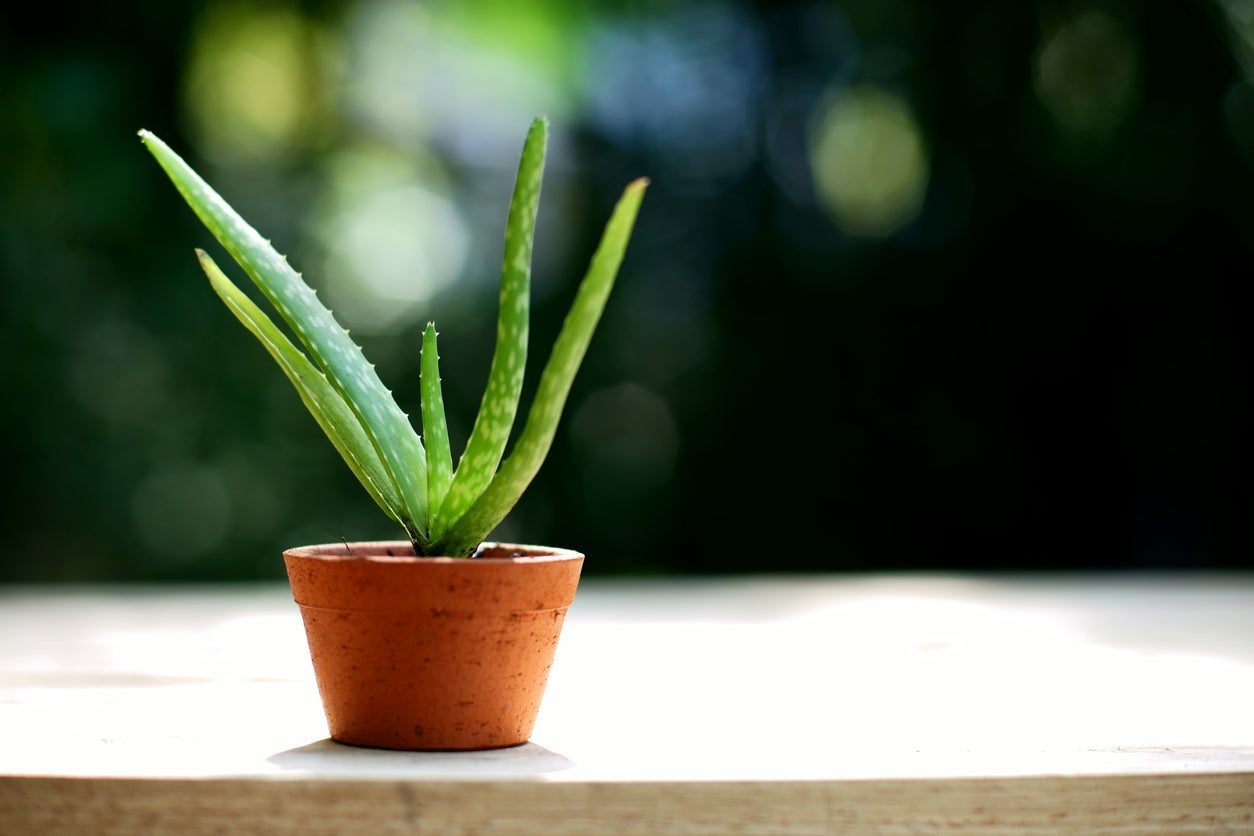Aloe Seed Propagation – How To Grow Aloe From Seeds


Aloe plants are one of the most beloved houseplants. These charming succulents are widely available and come in a variety of sizes. Propagating a favorite plant is usually done with cuttings, which produce viable plants more quickly than seed. However, growing aloe from seeds is rewarding, pretty easy, and can afford you the opportunity to have some exotic and rare plants in your collection. Below are instructions on how to grow aloe from seeds and increase your stock of these helpful plants.
How to Collect Aloe Seeds
Aloe plants must be four or more years old before they produce reliable seed. The exact time depends upon the species and some plants don't mature for up to a decade. Once the plant is flowering, it is able to produce seed. You can harvest seed from spent flowers or order them from reputable dealers. In the former method, you need to know how to collect aloe seeds and save them. Gardeners with mature plants have probably seen the seeds in the flowers after they brown and lose petals. What do aloe seeds look like? They are tiny, grayish brown to black and flat. Seeds that are light-colored or white are not ready to harvest and will not germinate. Seeds are found in dried pods on the plant and need to be extracted by splitting the pod. Pods will be brownish green when ready. Keep a basin under the pod to collect the seed and discard the empty pod. Aloe seed propagation can begin immediately or wait until the following spring if sowing outdoors. Save seeds in a paper envelope in a cool, dark location. Seeds should be used within the year they were harvested for best results.
How to Grow Aloe from Seeds
Aloe seeds generally sprout quite easily. You need the proper medium and situation for better success. A half and half mixture of peat and horticultural sand makes an excellent, well-draining medium. You can also use a combination of the sand, sterile compost, and perlite. The idea when growing aloe from seed is to provide loose material that won't get soggy and is not prone to pathogens or weeds. Any container will do, but flats use less soil and create a controlled environment for seedlings. Lightly dampen the medium and spread the seed about an inch (2.5 cm.) apart. Cover them with a light dusting of the sand. If you are in a warm climate, you can grow the seeds outdoors. The rest of us will need to start them indoors with the addition of bottom heat of some kind. Keep the medium moderately moist either way in bright light and where temperatures are ideally 75 degrees F. (23 C.).
Care During Aloe Seed Propagation
Many growers put a plastic lid on flats or containers in plastic bags to keep humidity high for germination. Unfortunately, if you are using a non-sterile organic medium, this can lead to fungal issues that may kill your babies. Mist the surface of the soil to keep it moist until you see sprouts. This may take two to four weeks depending upon species. Young seedlings should stay on a heat source for two weeks as they develop roots. Watering from under the seedlings in an open flat prevents damping-off and gives the roots just enough moisture after they have been removed from heat mats. The most important thing when seedlings are still at the two-leaf stage is to prevent desiccation while not drowning the poor things. Once four or more leaves are observed, pot each into 2 inch (5 cm.) pots with a sterilized mix of 3 parts organic material, 3 parts pumice, and 1 ½ parts coarse sand. Grow on as you would adult plants.
Gardening tips, videos, info and more delivered right to your inbox!
Sign up for the Gardening Know How newsletter today and receive a free copy of our e-book "How to Grow Delicious Tomatoes".

Bonnie Grant is a professional landscaper with a Certification in Urban Gardening. She has been gardening and writing for 15 years. A former professional chef, she has a passion for edible landscaping.
-
 Looking For Plants To Give You The Soft And Fuzzies? Try These 5 Fuzzy Leaf Plant Options
Looking For Plants To Give You The Soft And Fuzzies? Try These 5 Fuzzy Leaf Plant OptionsLovers of texture, drama, silver foliage and tactile plants will adore these special sensory garden additions. These fuzzy leaf plant options will leave you all aglow
By Susan Albert
-
 Get Ready For A Summer Of Hummers! Grow These Full Sun Hummingbird Plants and Flowers
Get Ready For A Summer Of Hummers! Grow These Full Sun Hummingbird Plants and FlowersIf you’re lucky enough to enjoy a sunny backyard, make sure you are maxing out on your pollinator opportunities and grow these full sun hummingbird plants and flowers
By Tonya Barnett